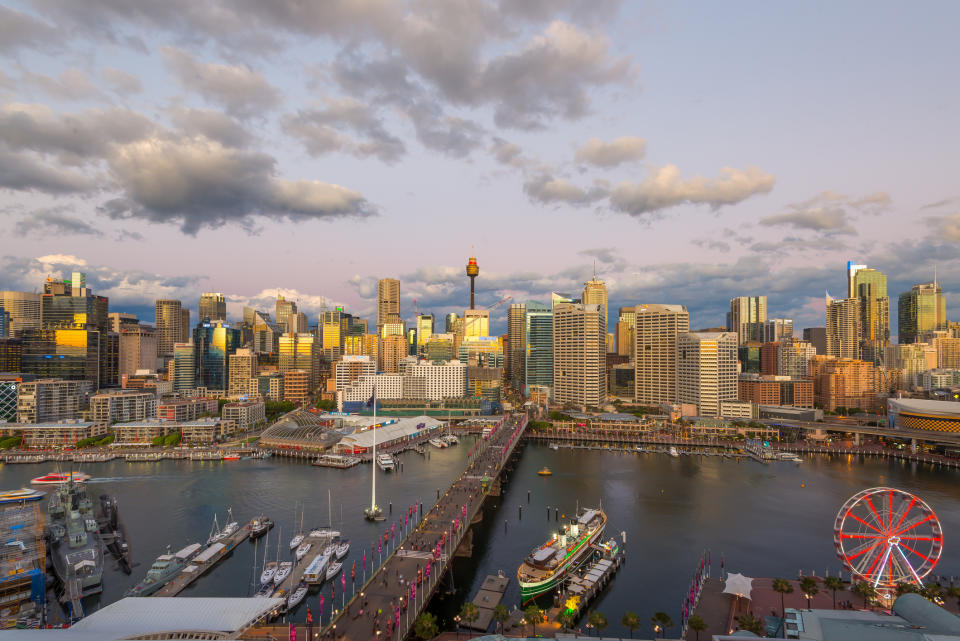Has the RBA lost sight of how to manage our economy?

The RBA continues to show a curious lack of confidence in its own ability to read and therefore manage the Australian economy.
It appears to be spending a lot of time examining a range of basic linkages and influences on the economy.
In the process, it has taken its eye off the main game for it – setting monetary policy at a level that will support growth to the point where annual inflation tracks around 2.5 per cent, the middle of its 2 to 3 per cent target range.
RBA Deputy Governor Guy Debelle gave a curious speech last week where he outlined a puzzle that was troubling the economic gurus at the RBA.
That puzzle, according to Debelle, revolved around the recent run of economic news which shows a solid performance from the labour market with jobs growth strong and the unemployment rate falling versus news that the rate of GDP growth had slowed markedly in since the middle of 2018.
Such is the slowing in the economy, that per capita GDP had fallen in both the September and December quarters of 2018 and is on track to fall again when the March quarter GDP data are released in early June.
Related article: Here’s what could decide Australia’s vote
Related article: Political ads burn $46 million hole in taxpayers’ pocket
Related article: Labor to match Liberals on tax cuts, will boost Medicare
Strangely, for those with a good understanding of the economy and its linkages, Debelle said that he hoped that the data flow in coming months would help solve the dilemma, one way or another.
That is, either GDP will pick up to validate the employment data, or the unemployment rate will rise, to validate the weak GDP results.
This is not a good way to manage monetary policy.
In what is a major oversight for the RBA, every decent economist, and even many half baked ones, know there are several ways to test the dilemma of whether it is the GDP or the employment data that are giving the true reflection of the health of the economy.
Look at inflation and wages
Inflation and wages growth can be observed as key variables in determining whether the employment or GDP figures are correct.
And in looking at these numbers, it is obvious even to ‘blind Freddie’ how the economy is going.
Let’s look at how the dilemma can be solved.
If, for example, the recent strong jobs growth and unexpectedly low unemployment rate were the true reflection of how the economy was performing, as the RBA has a bias towards, there would be clear and unambiguous signs of an unexpected acceleration in wages growth and inflation would also be moving higher.
Alas, the polar opposite is true.
For several years, the RBA has been forecasting higher inflation and accelerating wages growth.
It has been wrong and just about every quarter it has had to revise its forecasts for these two variables lower. It has happened year, after year, after year.
Indeed, the fact that underlying inflation is set to reach an all time low when the March quarter data are released next week, and with annual wage growth still at an anaemic 2.3 per cent, it points to the GDP numbers being the best guide and that it, the economy is weak.
It is also important to recall that the main target for the RBA is inflation. It aims to have inflation between 2 and 3 per cent and over the last 3 years it has missed this target on the downside – inflation has been below 2 per cent.
In other words, the economy has not been sufficiently strong, despite the employment data, to generate a lift in inflation to within that range.
Disconcertingly, this is a deliberate policy from the RBA. It has continually discounted the fact that it has missed the inflation target. This is because it has been distracted by its dilemma over the labour market and GDP growth.
It could, with easier monetary policy – interest rate cuts in other words – give the economy a boost and inevitably engineer higher inflation and wages.
Lower interest rates would give a boost to the business sector, via cash flows, and a likely lower Aussie dollar would give exports extra impetus.
The is no dilemma and it is surprising that the RBA thinks there is one.
The sooner it wakes up and realises its errors and then cuts interest rates, the better.
Make your money work with Yahoo Finance’s daily newsletter. Sign up here and stay on top of the latest money, property and tech news.

 Yahoo Finance
Yahoo Finance 